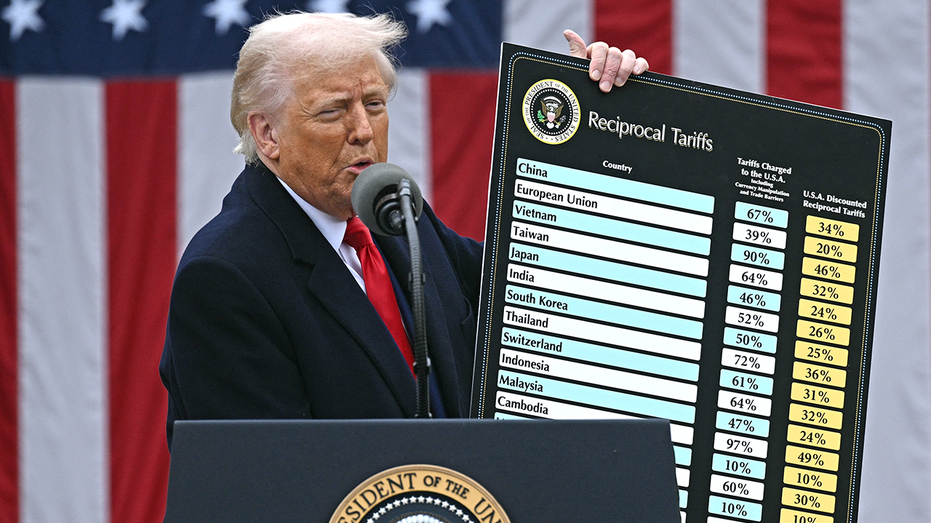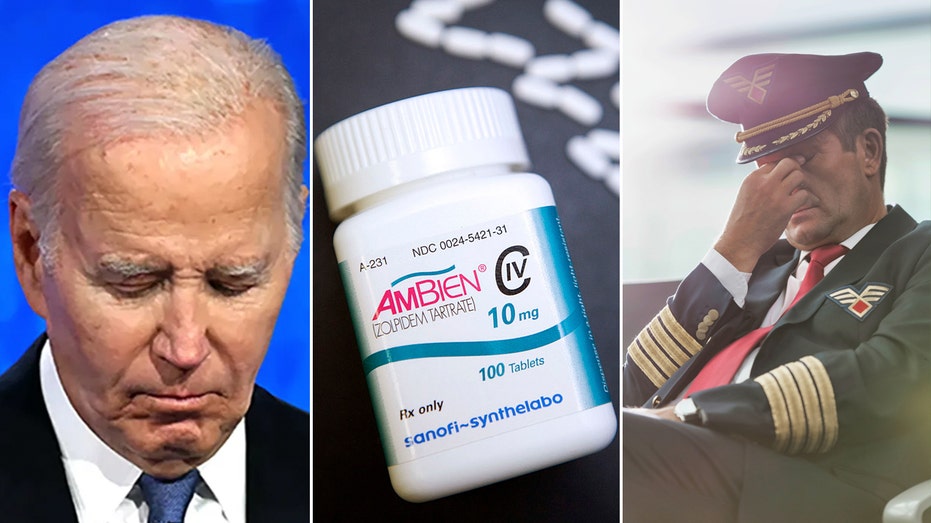The Winners and Losers of Trump's Bold 'Liberation Day' Tariff Plan

Sarah Johnson
April 7, 2025
Brief
President Trump unveils 'Liberation Day' tariffs to boost U.S. industry, targeting China, Vietnam, and Europe, while India and Japan strengthen trade ties amid global economic uncertainty.
President Donald Trump rolled out his latest economic gambit last week, dubbing it "Liberation Day," and promising it would reignite the American Dream. The plan centers around sweeping tariffs aimed at boosting domestic industries, a move Trump claims will create jobs, reduce taxes, and even pay down national debt—ambitious, to say the least.
During his announcement in the Rose Garden, Trump painted a dramatic picture of American workers betrayed by foreign trade practices. "Foreign cheaters have ransacked our factories," he declared, adding that this tariff strategy will supercharge America’s industrial base. The plan includes a baseline 10% tariff on all imports, with higher, customized tariffs targeting nations with steep import fees on American goods.
The European Union, for example, faces a 20% tariff, Japan 24%, and China a hefty 34%. Vietnam, however, seems to have drawn the shortest straw, slapped with a 46% tariff—an economic gut-punch given its reliance on trade with the U.S.
Trade expert Samir Kapadia explained that Vietnam's deep ties to Chinese investments and longstanding trade imbalances with the U.S. made it an obvious target. "Vietnam charges the U.S. a staggering 90% tariff on imports, so this retaliation was expected," Kapadia said. However, Vietnam’s leadership isn’t taking the hit lying down, pleading for a delay and proposing talks with Trump to find common ground.
China, too, finds itself in a precarious position, with its tariff barriers now approaching an eye-watering 80%. Kapadia predicts that figure could climb to 150% by 2025, as tensions between the two nations remain unresolved. Meanwhile, Europe is bracing for potential fallout in its luxury goods sector, though officials are set to negotiate with Trump in the coming days.
On the bright side, India and Japan might emerge as the winners of this tariff shuffle. Both nations have proactively reduced tariffs on American goods, signaling stronger trade ties with the U.S. Prime Minister Modi of India has even laid out a detailed plan to lower barriers, a move Kapadia believes will solidify India’s position as a key U.S. ally.
Trump’s tariff strategy is also expected to accelerate U.S. investments in critical industries like semiconductor manufacturing, steel, and aluminum. In America’s Rust Belt—a region that has long suffered from the decline of manufacturing jobs—this news has sparked cautious optimism. Ohio Republican Rep. Michael Rulli sees it as a chance for old industrial towns to reclaim their former glory.
"This is the Art of the Deal in action," Rulli declared, citing plans for increased energy production and steel manufacturing. For towns like Mingo Junction, Ohio, where steel plants are coming back to life, the tariffs are viewed as a lifeline after decades of economic hardship.
While there’s no denying the drama of Trump’s announcement, the broader impacts on global trade remain to be seen. Will this bold move truly restore the American Dream, or will it spark more international friction? One thing’s for sure: Trump has raised the stakes, and everyone’s watching to see where the chips will fall.
Topics
Editor's Comments
Trump's flair for theatrics is alive and well, but let’s be real—slapping a 46% tariff on Vietnam feels less like 'kindness' and more like economic whiplash. Also, the Rust Belt revival narrative is touching, but let’s not forget that rebuilding these towns will take more than boutique steel plants and lofty promises.
Like this article? Share it with your friends!
If you find this article interesting, feel free to share it with your friends!
Thank you for your support! Sharing is the greatest encouragement for us.



